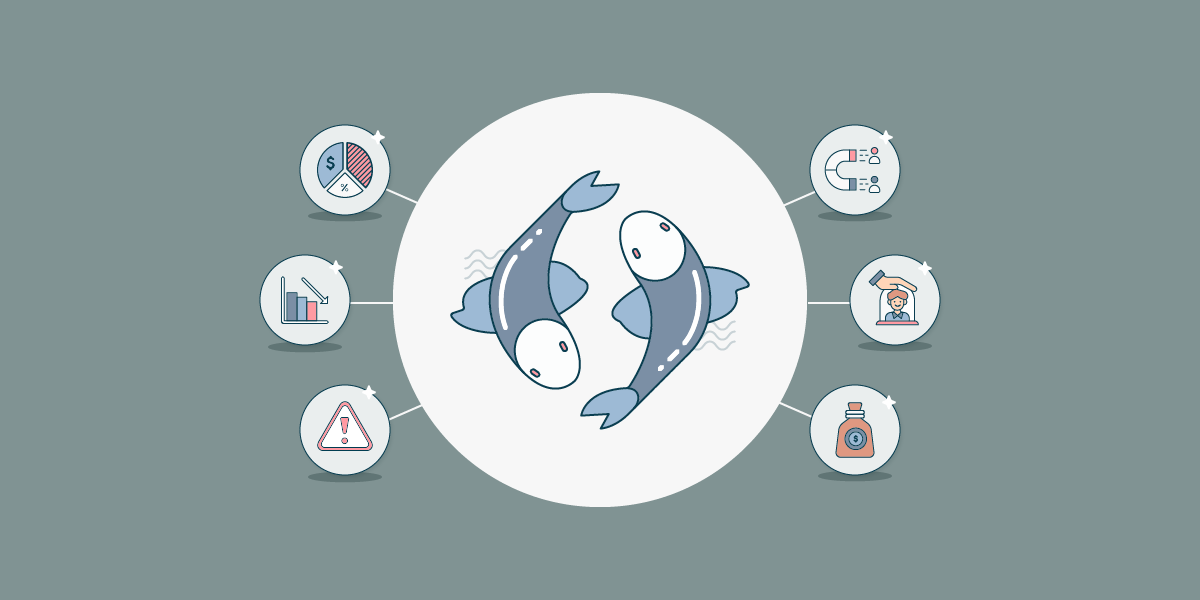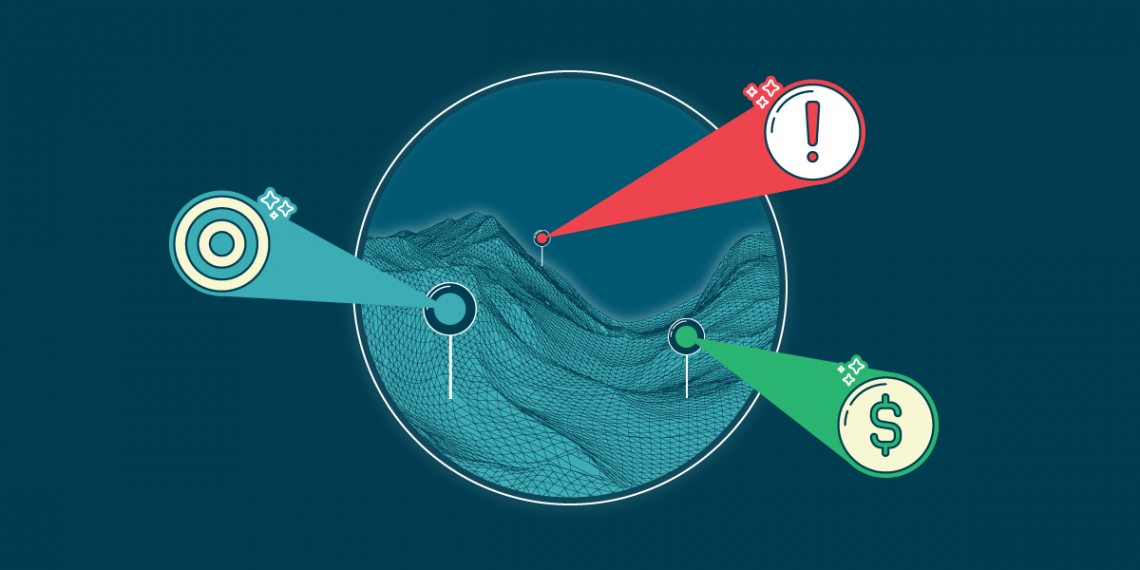Self-cannibalism is just another way of doing business and innovating. It might not be the most popular one, but it has its benefits. It’s an offense and defence strategy at the same time. Quite paradoxical at first, but If you don’t challenge yourself, someone else will, and you will just end up losing all. So instead of turning a blind eye to it, try incorporating it into your innovation strategy and build upon the advantages it will bring you in the long-run.
What does self-cannibalism mean?
Sometimes the newly introduced innovation can steal a chunk of your current products’ volume, sales revenue or market share. This can occur at any point of the current products life cycle, even before it is near the end. The new product or service can potentially worth less, and could reduce overall sales. So why risk all this deliberately? Sounds like doing bad business.
Upside of self-cannibalism
As already mentioned, if you don’t do it, someone else will. At least this way, you are going to be calling the shots with such an aggressive strategy. It might not seem as an obvious thing to do, but in the long-run you are strengthening your strategic position and viability. Having introduced a replacement for your current product, or something similar to it, will have a positive impact on the retention rate of your customers. It can also attract a whole new customer segment which was ignored or simply create a new market.
Cannibalism done right
Carefully working on your portfolio and planning your innovation strategy seriously can strengthen your position amongst your competition and amongst your customers and build stronger bonds. One of the text-book examples of self-cannibalisation gone well is Apple. IPod Nano, IPad, IPhone, Mac and so on, all similar, but unique, and more important - complementary. Apple’s innovation strategy also accomplished creating a loyal customer community through self-cannibalism. When you put it that way, it sounds great.
Of course, there are also negative side-effects of cannibalism, but they are usually due to poor strategy planning and overlooking the importance of managing an innovation portfolio. It can have fatal effects on the core business and, sometimes, irreversible damage.
The Bottom line
Self-cannibalism brings certain risks to the table, and in certain situations you can’t be sure if your innovation is launched too soon after your prior one, or if it is too similar. It’s the cost of doing business. Sooner or later you will have to go through the transition from old to new and you will have to put some effort in reinventing your business. It might be time to jump on board and have a systematic approach to this way of innovating!






